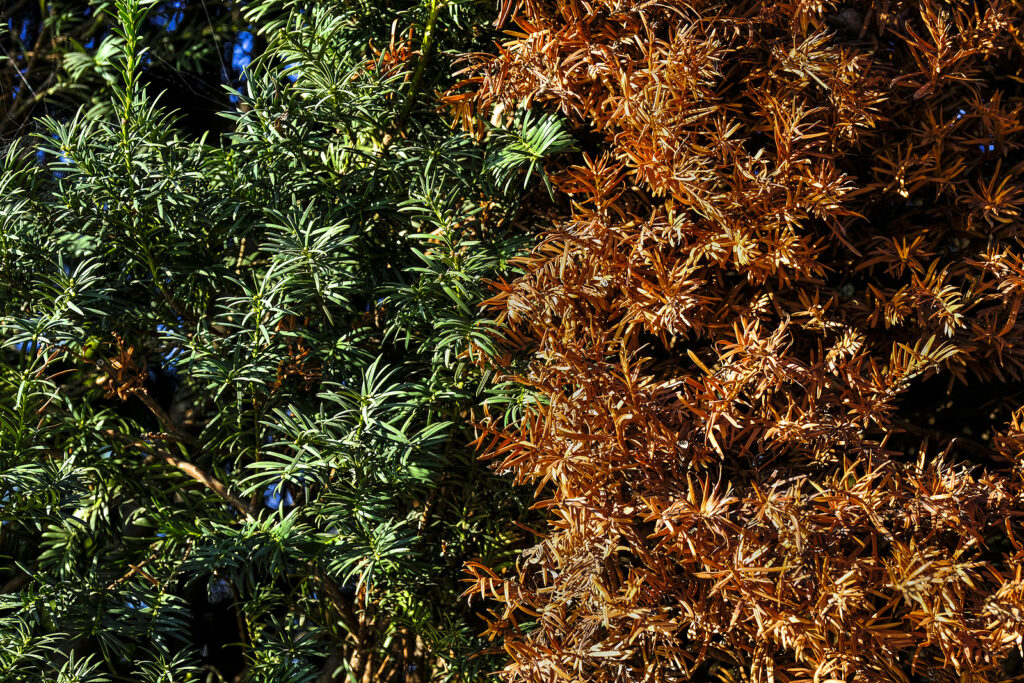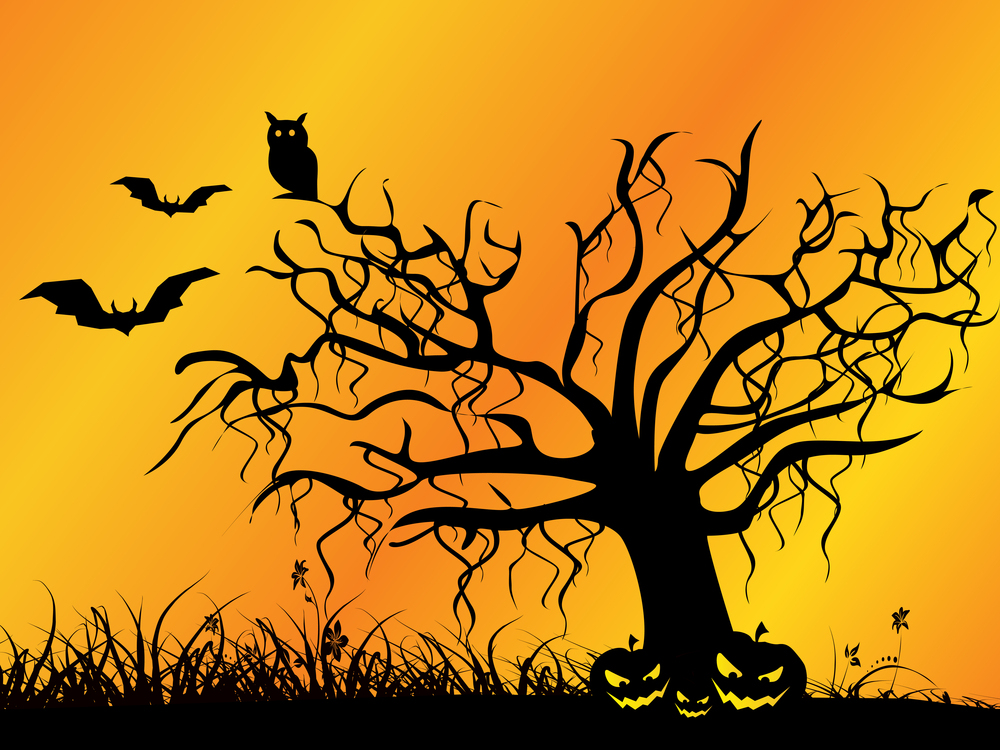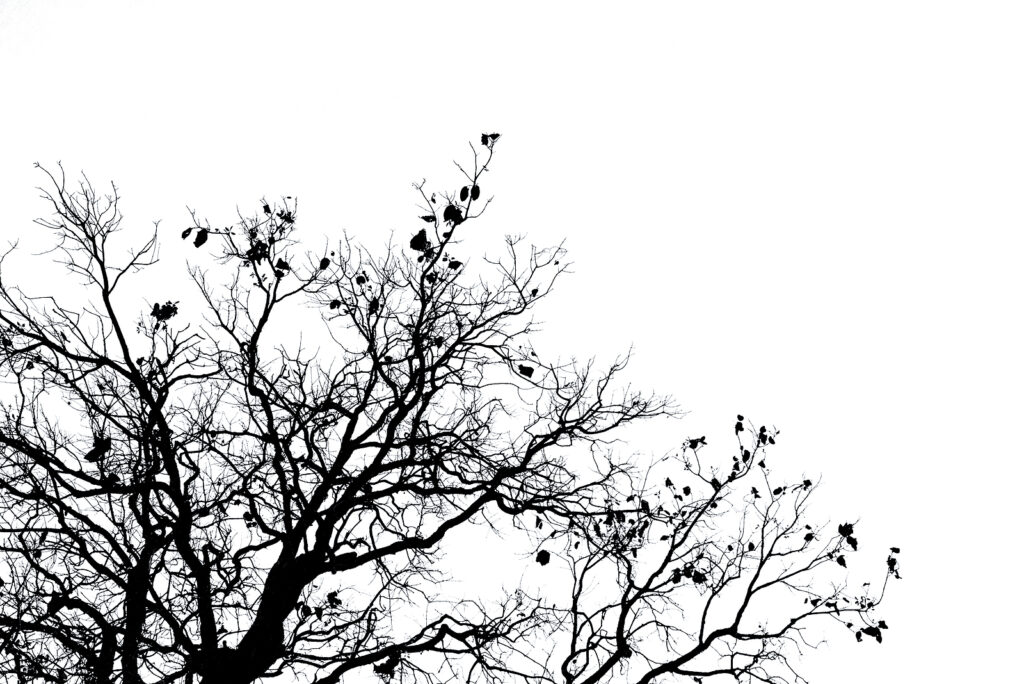Does a tree on your property look like it has seen better days? If you have noticed a decline in your tree’s health, there is likely a perfectly good reason. Accordingly, there is usually a perfectly good solution. However, identifying a problem with your tree is the first step. Continue below to learn the top 5 reasons why your tree looks unhealthy, and whether or not you need to remove it before the weather changes again.

Tree Health is Impacted By its Surroundings
There are many reasons why a tree can suddenly experience a decline in health, as there are virtually endless variables within a tree’s surroundings. From soil and microorganisms, to moisture, wind, climate, sun, and more, the list of influential factors goes on and on. When it comes to a sick looking tree, the most likely causes are pests, disease, invasive species, drought, or improper planting. Take a closer look at the circumstances surrounding your tree and determine which factors might be contributing to its unexpected decline.
❦ Tree Pests
There are many types of insects and organisms that survive or can be found on trees. Of these, most are harmless, however, some are highly destructive. Insects that can infest and damage trees include boring beetles, spiders, mites, ticks, termites, and more.
❦ Invasive Species
Like tree pests, there are certain species of wildlife that are invasive in local communities, and consequently, harmful to trees as a result of their natural behaviors. Animals like raccoons, opossums, squirrels, coyotes, deer, voles, and even fungi and lichen can cause damages to tree if too heavily targeted.
❦ Disease
Trees are living organisms, and like all living organisms, they are susceptible to illness. There are various tree diseases that can affect landscaping trees, such as Oak Wilt, Anthracnose, Dutch Elm Disease, Oak Blight, and Thousand Cankers Disease.
❦ Drought
Trees require a certain amount of water in order to thrive optimally. If your tree looks unhealthy, it might not be getting enough. Even in winter during dormancy, trees require water. Moist soil indicates a well-watered tree. Simply re-water when the soil feels dry to the touch more than an inch deep.
❦ Improper Planting
One of the most common reasons trees experience decline is because they were not properly planted. Not only do trees have to be planted at a certain depth in a hole with a certain diameter, but they must also be properly prepared for planting. This includes burlap maintenance and watering.
Talk to an Indianapolis Tree Service Expert for Seasonal Tree Care Advice
Call Timberland Tree Care at 317-348-0811 for professional tree service in Indianapolis, Indiana and its surrounding counties. We are licensed and experienced tree care contractors who offer a wide range of professional-level tree service for both residential and commercial properties.



